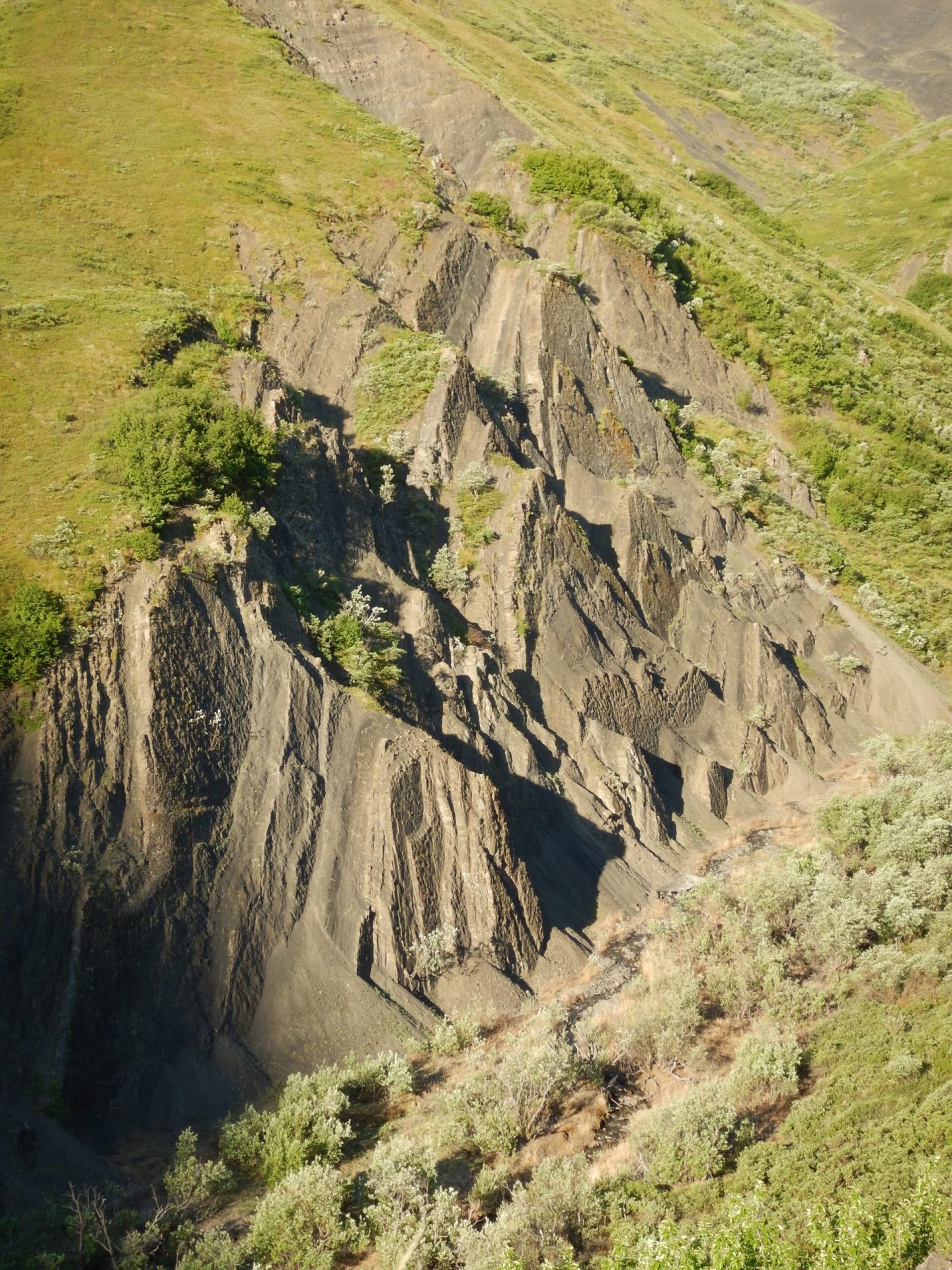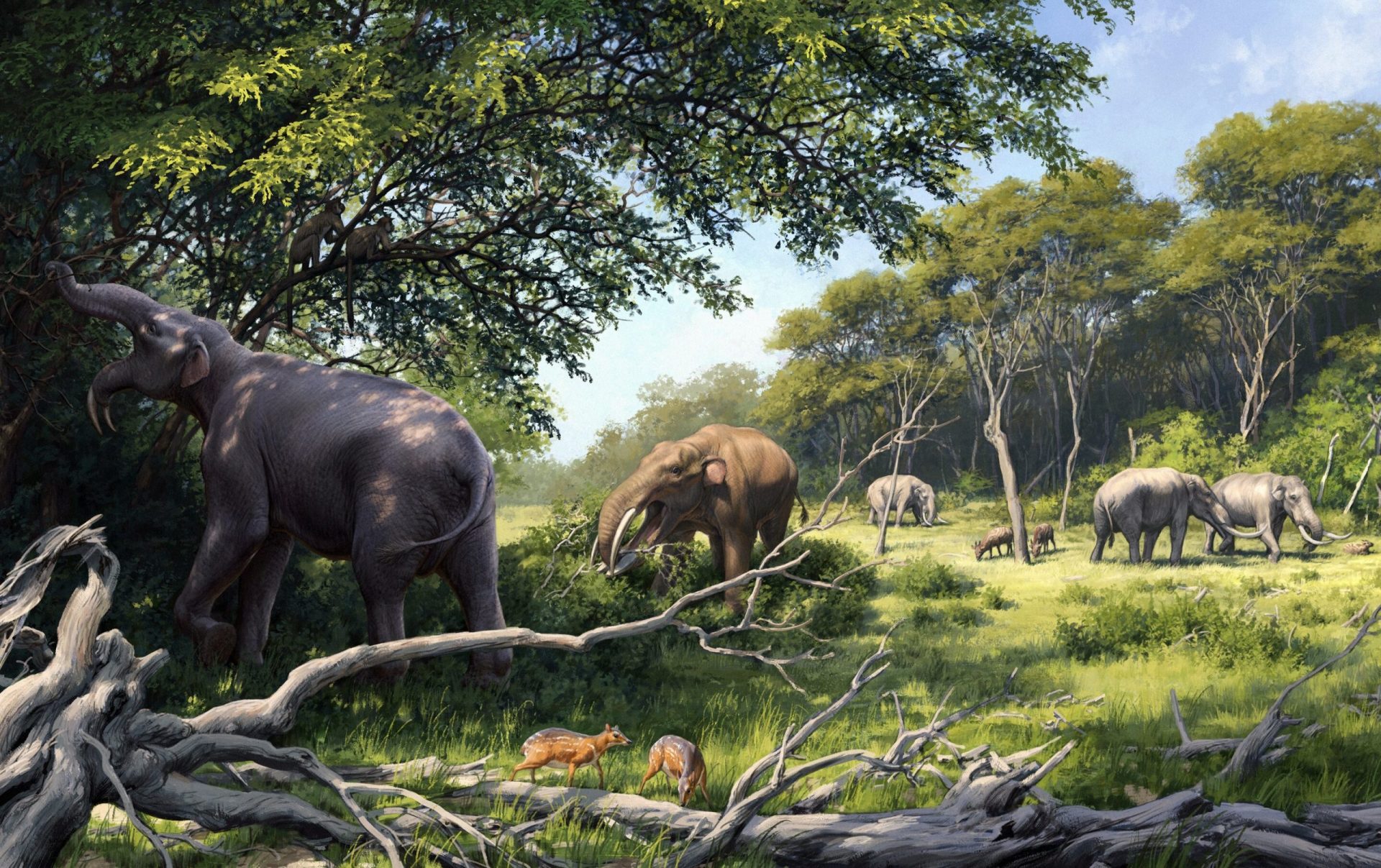Prepare to be amazed! Scientists from the University of Alaska Fairbanks have made an incredible discovery – the largest dinosaur track site ever found in Alaska. This extraordinary site, known as “The Coliseum,” is located in Denali National Park and Preserve.
Imagine a site the size of one-and-a-half football fields, filled with layer upon layer of dinosaur footprints preserved in rock. This incredible record provides evidence of multiple dinosaur species that thrived in Interior Alaska nearly 70 million years ago. The findings have been published in the prestigious journal Historical Biology.
But here’s the truly mind-blowing part: The Coliseum isn’t just a single level of tracks. It’s a sequence through time, revealing the fascinating story of dinosaurs in Denali. Previous track sites in the area pale in comparison to this monumental discovery.
At first glance, The Coliseum may seem unremarkable amidst the park’s vast landscape. Just a rocky outcrop rising 20 stories from its base. But when the sun hits the rock beds just right, the tracks come to life, leaving scientists and researchers in awe.
During the Late Cretaceous Period, The Coliseum was a flat ground near a watering hole on a large flood plain. As the Earth’s tectonic plates shifted and formed the Alaska Range, the ground folded and tilted, exposing the cliffs covered in dinosaur tracks.
These tracks are not just impressions in mud; they are beautifully preserved, showcasing the shape of the toes and the texture of the skin. The research team also discovered fossilized plants, pollen grains, and evidence of freshwater shellfish and invertebrates, providing a glimpse into the ancient ecosystem.
The area surrounding The Coliseum was once a thriving river system, with ponds, lakes, and a climate similar to the Pacific Northwest. It was home to a variety of dinosaurs, from large plant-eating duck-billed and horned dinosaurs to rare carnivores like raptors and tyrannosaurs. Even small wading birds left their mark.
Today, Denali National Park and Preserve attracts thousands of visitors who come to experience its natural beauty. But 70 million years ago, it was equally impressive, teeming with dinosaurs of all shapes and sizes. Can you imagine a tyrannosaur roaming the park, dwarfing even the largest brown bear?
Preserving sites like The Coliseum is crucial to the National Park Service’s mission. These fossil sites offer a unique opportunity to understand the evolution of landscapes and ecosystems over time. The park encourages visitors to explore and appreciate these sites while leaving them undisturbed for others to enjoy.
Druckenmiller and his team plan to continue their research in collaboration with the National Park Service. With so much left to explore, who knows what other surprises await them in Denali National Park and Preserve?








